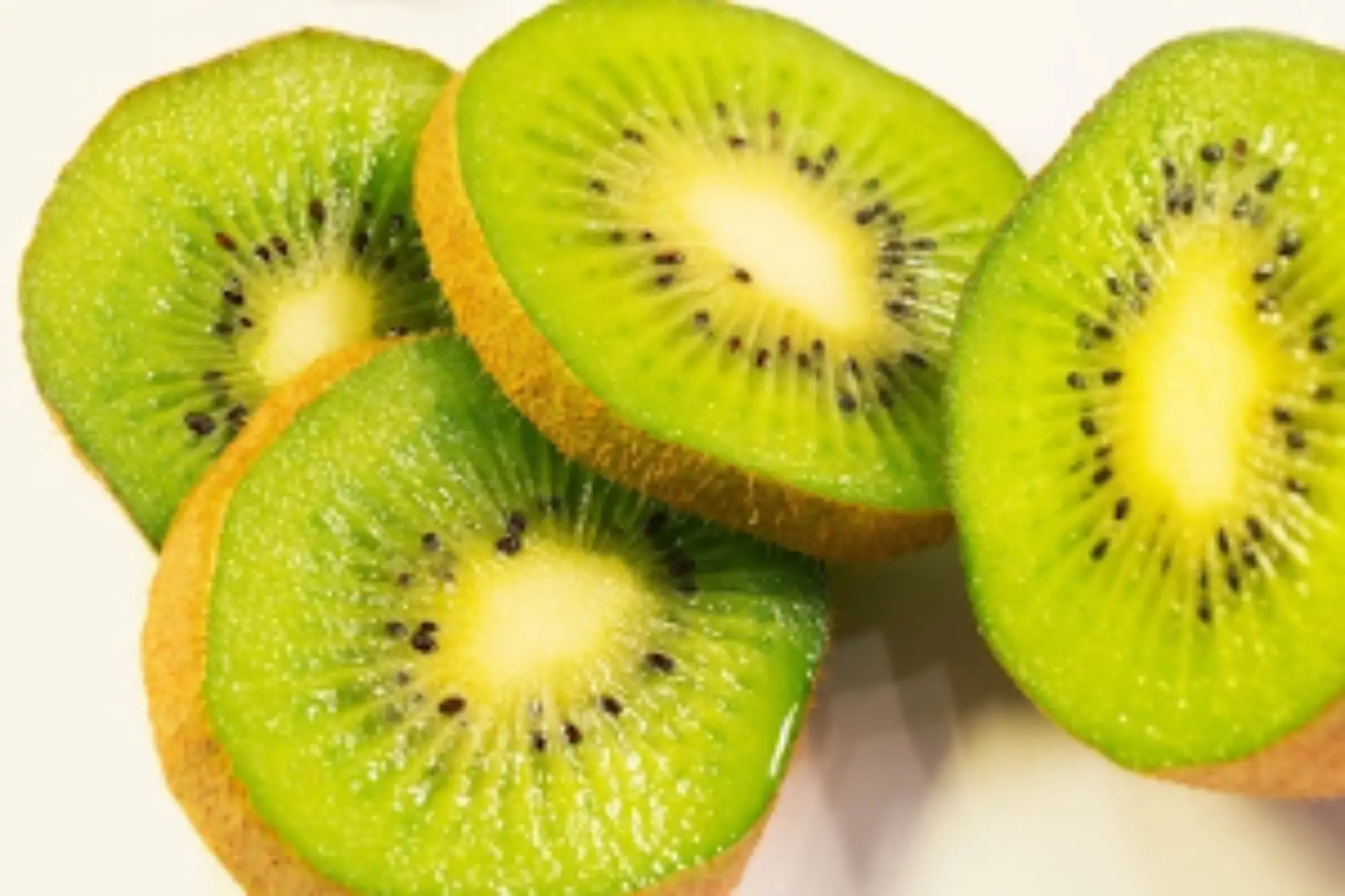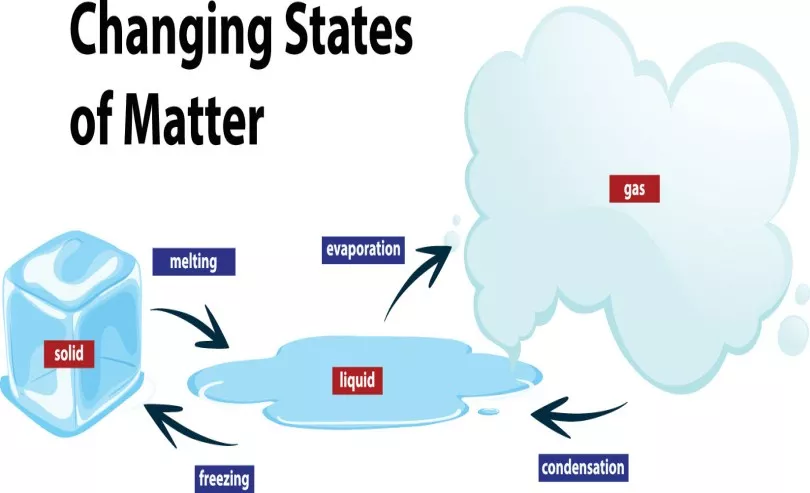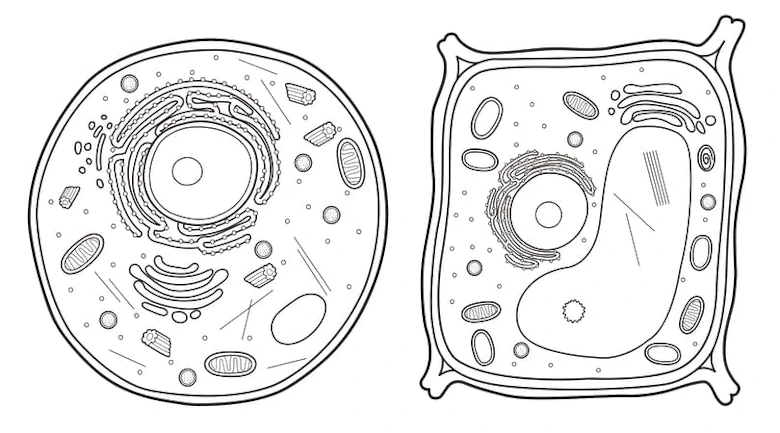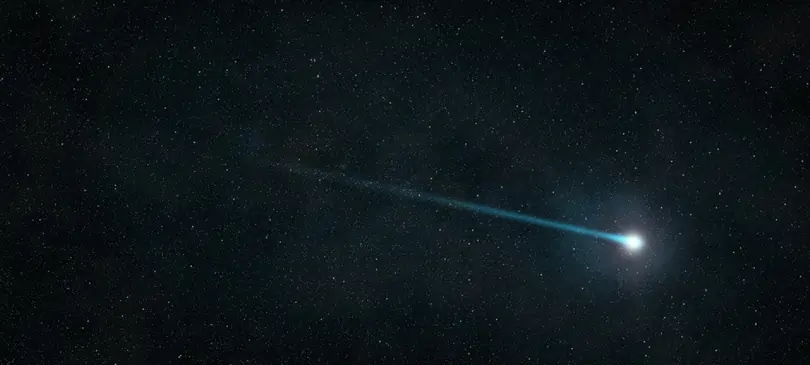Reproduction In Plants – Dispersal
In this article, you will be introduced to the concept of dispersal based on the Singapore Primary 5 Science Syllabus. We will focus on the following two main aspects:
- Importance of dispersal
- Different methods of dispersal
Watch our video lesson!
Importance Of Dispersal
Some flowering plants scatter their seeds as far away as possible once the fruit is fully developed and ripe. Other flowering plants scatter their fruits together with the seeds still within them. The scattering of seeds or fruits is known as dispersal.
There are two reasons for seeds to be dispersed:
- To prevent overcrowding
Dispersal ensures that the young plants grow far apart from each other. This reduces competition between the young plants and/or with the parent plant for sunlight, water, nutrients and space. As a result, the young plants are more likely to grow better.
Note: Plants do not compete for air.
- To allow the young plants to grow in more favourable places.
A plot of land may be depleted of nutrients after plants have grown on it over a long period of time. Seeds that land on the same plot of land may have insufficient nutrients for the young plants to grow healthily. Thus, seeds need to be dispersed to other places where conditions are more favourable.
Methods Of Dispersal
The following methods are used by plants to disperse their seeds or fruits:
- Wind dispersal
- Water dispersal
- Splitting / Explosive action
- Animal dispersal
The characteristics of the fruits or seeds, such as shape, size and unique features, can be used to determine the method of dispersal.
Wind Dispersal
Seeds / fruits that are dispersed by the wind are usually dry, small and light. This allows them to be carried by the wind easily. Fruits and seeds of plants such as shorea and angsana have wing-like structures that help them to remain airborne for a longer period of time. Some fruits and seeds (e.g. dandelion) have feathery structures that enable them to be caught and carried away by the wind over long distances easily.
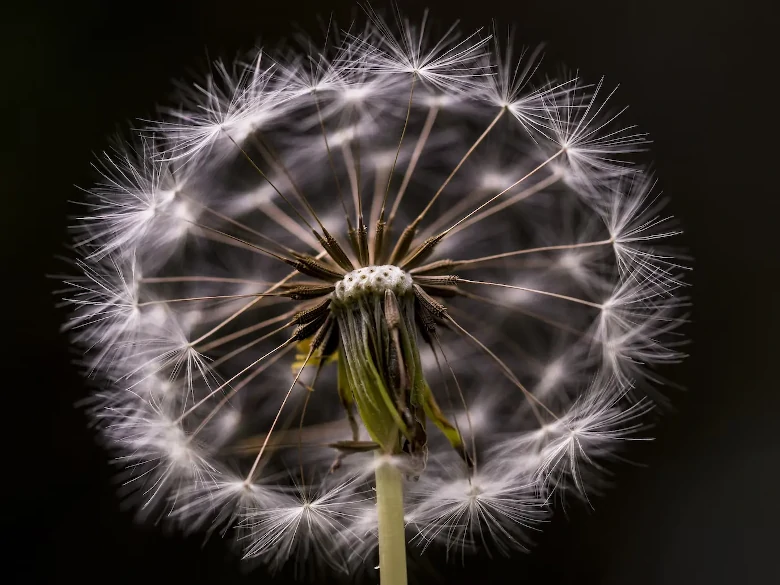
Image Credit: Aaron Burden - Dandelion seeds with feathery structure
The young plants are often found growing in the direction of the prevailing wind. Over long periods of time, plants with seeds / fruits dispersed by wind can be found at different locations since the wind direction may change.
Water Dispersal
Some plants release their fruits or seeds into water bodies such as seas and rivers so that they can be carried away by water to another location. Such fruits commonly have fibrous husks which trap air, and waterproof outer coverings that prevent water from entering the fruits. These two characteristics allow the fruits to remain buoyant in water and be carried over long distances by rivers or seas.

Image Credit: Louis Hansel - Coconut with fibrous husk
The young of plants that have their seeds / fruits dispersed by water are usually found along the coastline or on the downstream sides of riverbanks.
Splitting / Explosive Action
Some plants have fruits that split open explosively (e.g. rubber) when they are ripe, sending the seeds flying in different directions. Other plants have fruits that split open to release their seeds only after the seed pods have dried up (e.g. saga).
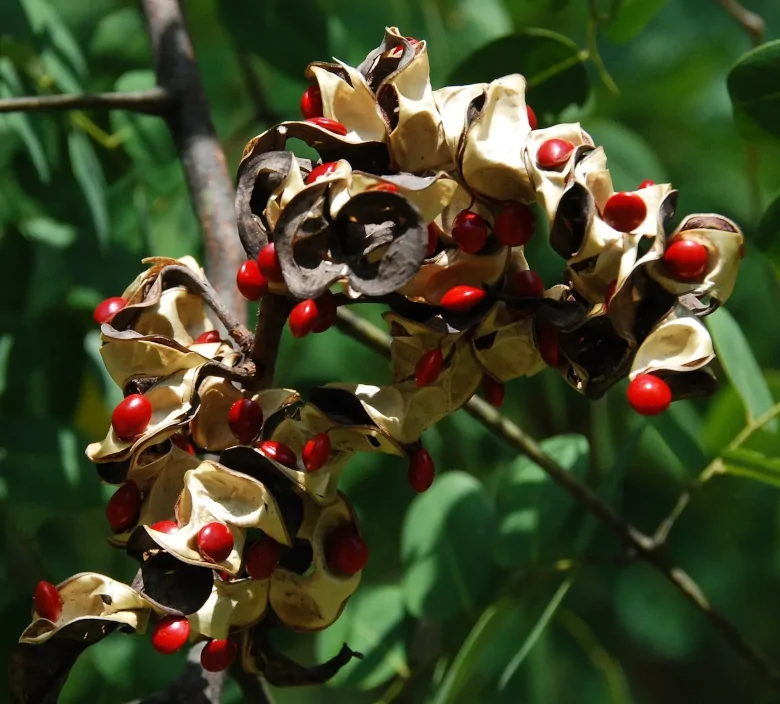
Image Credit: NParks - Saga seeds in a dried-up pod
The young of these plants are found growing in clusters near the parent plant as the seeds are thrown a short distance away when the fruits split open. There is a higher tendency for the young plants to experience overcrowding as they grow close together. However, one advantage of the splitting dispersal method is that the plants do not need to rely on external agents such as wind, water and animals to disperse their seeds.
Animal Dispersal
Fruits that are fleshy, sweet and juicy are often eaten by animals. In the process of consuming the flesh of the fruits, animals may throw away large seeds (e.g. avocado) or they may swallow the small, indigestible seeds together with the flesh (e.g. kiwi), which will then be passed out in their solid waste when the animals have moved away from the parent plant.
|
Image Credit: Dan Bucko - Kiwi fruit with small, indigestible seeds |
Image Credit: Gil Ndjouwou - Avocado with large, inedible seeds |
Certain inedible fruits have seeds with hooks, sticky hair or bristles (e.g. burr grass) that clings onto clothing of humans or outer covering of animals when they brush against the plants. Once the animals or humans have moved away from the parent plant, they may fall off and get dispersed.
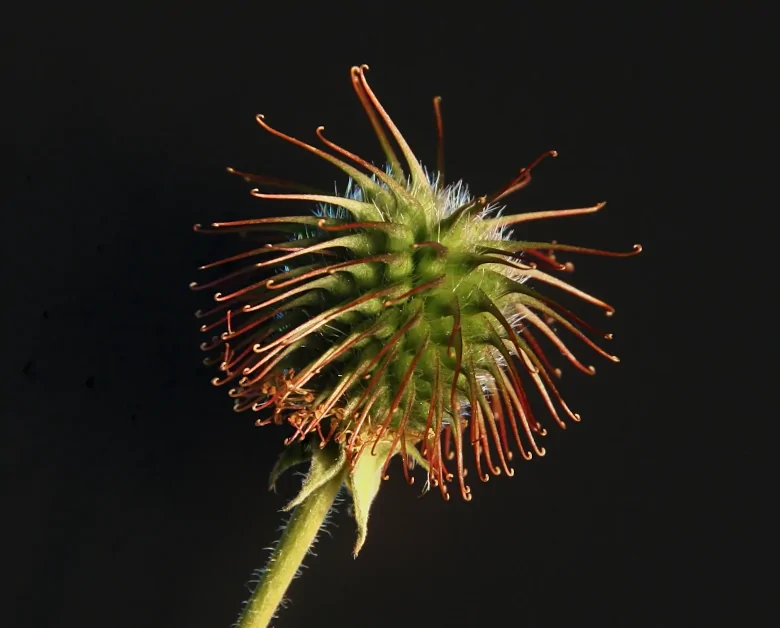
Image Credits: Zephyris - Hooks on a wood avens fruit
The young of plants with such inedible seeds, and plants bearing edible fruits with small indigestible seeds will be found growing randomly everywhere a distance away from the parent plant. Plants bearing edible fruits with large seeds will have their young growing near the parent plant.
Conclusion
In this article, we learnt about the importance of dispersal of seeds and fruits to avoid overcrowding and reduce competition between plants. We have also examined the characteristics of seeds and fruits, and related them to the various methods of dispersal.
Test Your Concepts
Answer the following questions based on the concepts that we have covered in this article. If you are unclear, you may want to revisit the relevant section to revise the concepts.
Question 1:
Study the diagram of the fruits below.


The diagram above shows the distribution of plants X, Y and Z. Which of the following symbols represent plants X, Y and Z?
Solution:
◆ Plant Z
▲ Plant X
〇 Plant Y
Explanation:
The fruit of plant Z has a fibrous husk and is dispersed by water, hence plant Z will be found along the coastline.
The fruit of plant X has hooks that allow it to cling onto the fur of animals, hence plant X is dispersed by animals randomly everywhere.
The fruit of plant Y splits open when ripe, thus its seeds are dispersed by splitting and the young plants will grow in clusters near the parent plant.
Test Yourself
Which of the following characteristics of fruit or seeds enable them to be dispersed by animals more easily?
1: small seeds that are indigestible
2: seeds that have hooks or bristles
3: fruits that are fleshy and brightly coloured
4: fruits that are light and have wing-like structures
Choose the correct option
Edible fruits that are fleshy and brightly-coloured attract animals to consume them more easily. Their seeds need to be small and indigestible so that they can be swallowed and then passed out undamaged in the animals’ solid waste.
Some inedible seeds are dispersed by animals by clinging onto the fur of animals using their hooks or bristles.
Fruits that are light and have wing-like structures are dispersed by the wind, not animals.
Raymond came across a fruit as shown in the diagram below.
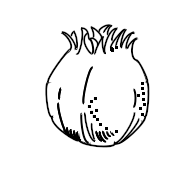
Which of the following could he do if he wants to find out whether the fruit is dispersed by water?
1: Weigh the fruit.
2: Place the fruit into a basin of water.
3: Count the number of seeds in the fruit.
4: Check whether the fruit has a fibrous husk.
Choose the correct option
Weighing the fruit cannot determine if the fruit will float or sink in water. Instead, he should check for buoyancy of the fruit by placing it in water. Fruits that are dispersed by water will typically have a fibrous husk.
Study the information below and answer the question below. The stages of a seedling's growth are shown below. They are not shown in the correct order.

Arrange the stages of growth in the correct order.
The roots grow out first in the germination of a seed to a seedling.
Which of the following correctly shows the sequence involved in the sexual reproduction of flowering plants?
1: Fertilisation → Germination → Pollination → Seed dispersal
2: Germination → Seed dispersal → Fertilisation → Pollination
3: Pollination → Fertilisation → Seed dispersal → Germination
4: Seed dispersal → Pollination → Germination → Fertilisation
In sexual reproduction of flowering plants, pollination of flowers will come first. This will be followed by fertilisation. This will then cause flowers to develop into fruits with seeds. The seeds will then undergo seed dispersal. Once the seeds are in its suitable condition, it will start to germinate and develop into young seedlings.
The list below shows parts of a flower.
1: Anther
2: Ovule
3: Ovary
4: Stigma
Which of the part(s) above belong(s) to the female part of the flower?
Anther belongs to the male part of the flower.




 SG
SG  VN
VN 
